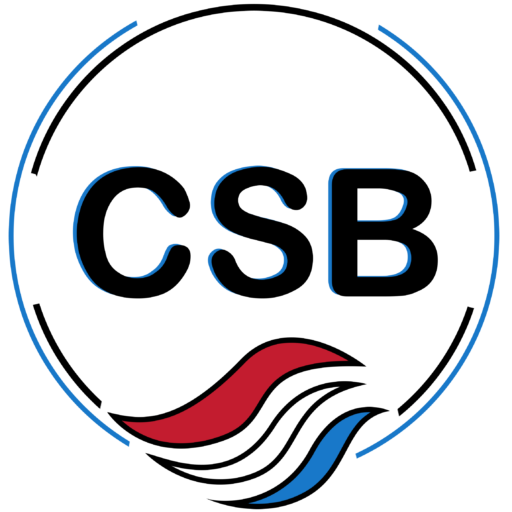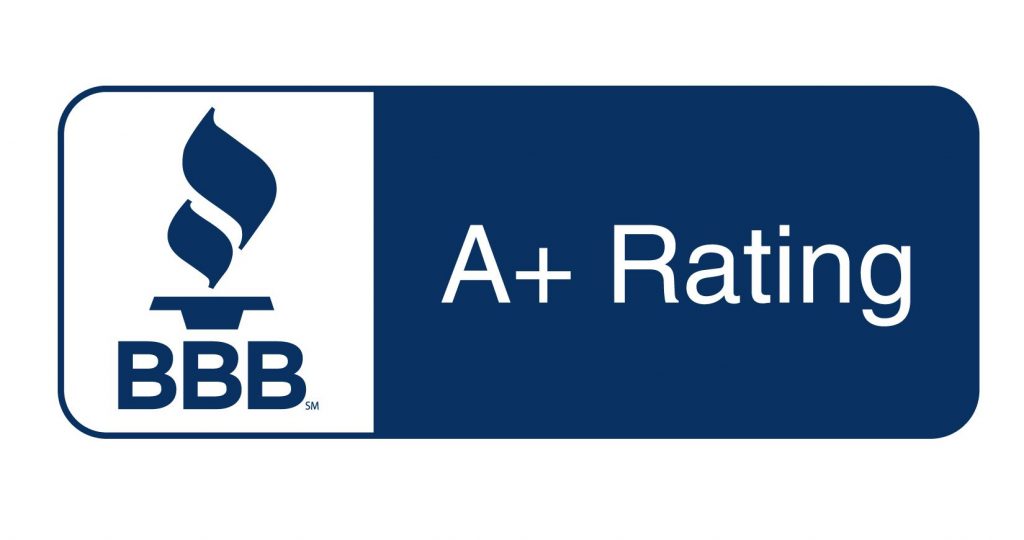It’s no secret that Medicare is confusing. But perhaps the most complex portion of Medicare is the Medicare Part D donut hole. For many people, falling into the donut hole can lead to unexpectedly high out-of-pocket costs, creating financial strain and even impacting their ability to maintain necessary medication regimens.
At Carolina Senior Benefits, we want to equip you with the knowledge you need to make decisions that protect your health and your wallet. That’s why today, we’re focusing on strategies to help you avoid the Medicare Part D donut hole.
What Is Medicare Part D?
Before we dive into the strategies you’ll need to avoid the donut hole, let’s review what exactly Part D is. Medicare Part D is the portion of Medicare that provides coverage for prescription drugs. It’s is not administered by the federal Medicare program, but by private insurance companies. Beneficiaries can enroll in a stand-alone Part D plan or get prescription coverage through a Medicare Advantage (Part C) plan that includes drug coverage.
Prescriptions are a significant cost for anyone, but especailly for older adults who might be taking speciality medications for chronic conditions. Without coverage, these costs are astronoimcal, potentially putting necessary treatments out of reach. That’s where Medicare Part D comes in – it provides a safety net to help make your prescriptions more affordable.
However, Part D is not without its complexities. One of these is the infamous “donut hole,” also known as the Part D coverage gap. This coverag gap results in higher out-of-pocket costs.
Explaining the Medicare Part D Donut Hole
The Medicare donut hole is a temporary limit on how much your prescription drug plan covers your medications. Here’s how it works.
After you and your plan have spent a certain amount of money on covered prescriptions, you enter the donut hole. Once there, you’re responsible for a larger percentage of your drug costs. Currently, that larger percentage is 25% for both name-brand and generic medications.
The donut hole continues until your out-of-pocket costs reach a specified threshold, which changes each year. Once you reach that final threshold, you enter the final phase of coverage called catastrophic coverage. During this last phase, you’re only responsible for a small coinsurance for the rest of the calendar year.
To give you an idea of the financial implications of falling into the coverage gap, let’s look at an example. Imagine you’re taking a name-brand drug that costs $300 per month. Before the coverage gap, your copayment might have been $40. However, once you’re in the coverage gap, that cost goes up to $75 per month – that’s an extra $420 out-of-pocket just for one medication.
Strategies to Avoid the Medicare Coverage Gap
Now that you understand the Part d donut hole, we need to arm you with strategies to stay out of it!
Choose Your Part D Plan Wisely
Part D plans aren’t the same everywhere. In fact, they can vary between neighboring counties. And because each of them have their own drug formularies, you’ll need to choose one based on your current prescription medications. Do not choose a plan based solely on the premium. You may end up getting a plan that is cheaper per month, but costs you a lot more for your refills.
Choose your Part D plan based on the total cost, meaning 12 months of premiums and 12 months of refills. You can find this information online, or you can ask the experts at Carolina Senior Benefits.
And remember, you need to review your Part D plan each year during the Annual Election Period. Plans change each year, so it’s important to take a few minutes to review your plan during AEP.
Use Generic Prescriptions
Many prescriptions have generic versions that are just as effective as their name-brand counterparts – except they’re a fraction of the cost. Whenever possible, ask your healthcare provider if a generic or lower-cost alternative is available and suitable for your situation.
Apply for Extra Help
Extra Help is a federal program that assists thsoe with limited incomes and resources with their prescription drug costs. If you qualify, you could receive help with your Part D premiums, deductibles, and coinsurance costs. Plus, if you have Extra Help, the donut hole does not apply.
Explore Pharmaceutical Assistance Programs
PAPs offer assistance programs for people who cannot afford their medications. These programs may provide free or discounted medications to those who qualify. Typically, you must meet certain income requirements.
Consider Discount Drug Programs
There are many discount drug plans available today. You may find that getitng some of your prescriptions filled using one of these programs, rather than your Part D plan, is actually more cost-effective. Check out popular programs like GoodRx, Cost Plus Drugs, or programs offered by your local pharmacy.
Unfortunately, t’s not always possible to avoid the Part D donut hole. The best thing we can do is to use all the strategies we have to avoid it for as long as possible. By working with an advisor at Carolina Senior Benefits, you can plan for when you might fall into the coverage gap and set aside resources to help you with the increased costs.
Don’t take the Medicare journey alone. Chat with Carolina Senior Benefits today and get personalized advice and assistance.





